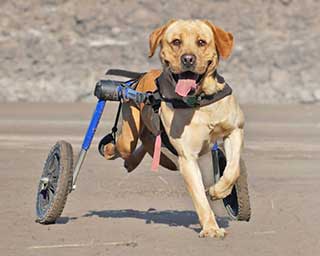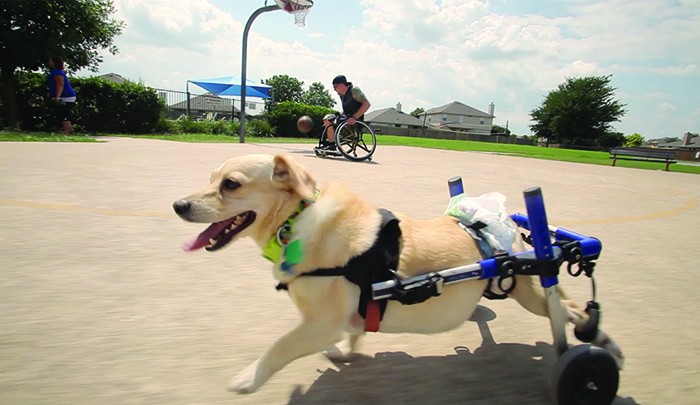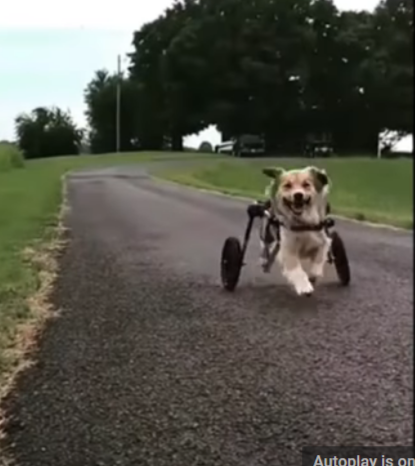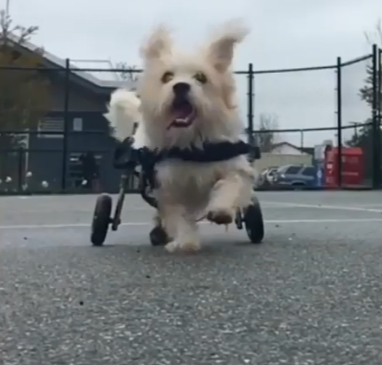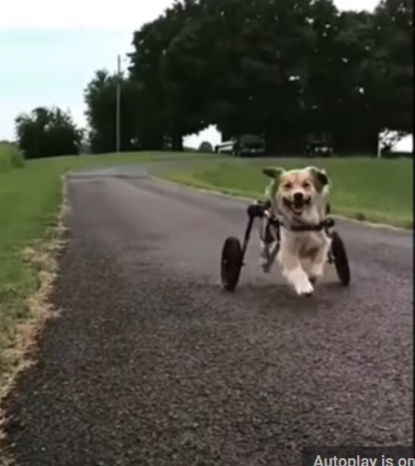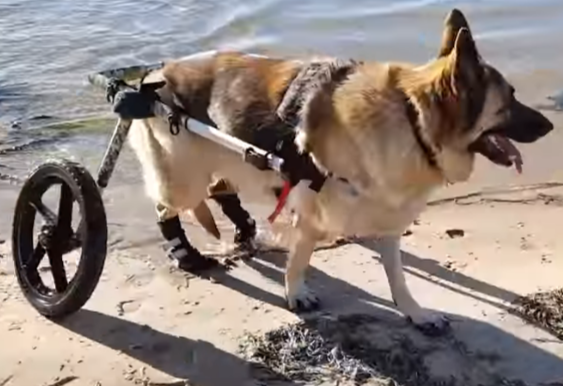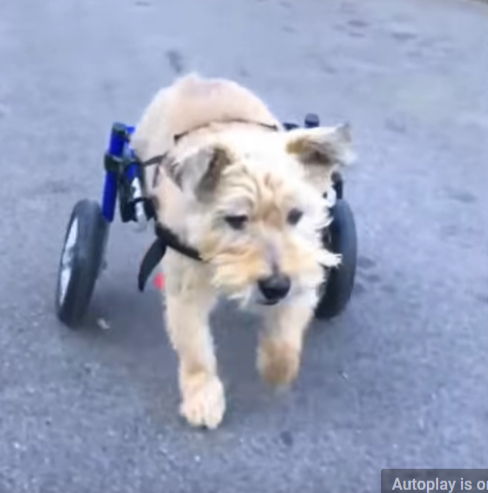
When a dog suddenly can’t walk on its hind legs, it’s a cause for
concern. It’s important to determine the underlying cause of the problem
before providing treatment. In some cases, it may be something as
simple as a muscle strain or sprain, but it can also be a symptom of a
more serious condition, such as a spinal injury or neurological disorder.
When a dog is unable to use its hind legs, it’s
important to immediately assess the situation. Look for signs of trauma,
such as cuts, scrapes, or bruises. Also, check to see if the dog is in
any pain. If so, it’s important to contact a veterinarian right away.
In
some cases, the cause of hind leg paralysis may be unknown. In this
case, it’s important to take the dog to the vet for a full evaluation.
The veterinarian can perform a physical exam and run tests to rule out
any possible medical causes. Treatment will depend on the underlying
cause of the paralysis but may include physical therapy, medications,
and even surgery.
In addition to medical causes, there are also
behavioral causes of hind leg paralysis. It’s possible that the dog is
exhibiting a behavior known as “splinting”, where it holds its hind legs
in an unnatural position in an attempt to avoid painful stimuli. If
this is the case, it’s important to take steps to address the underlying
cause of the behavior.
Hind leg paralysis can be a frightening
experience for both the dog and its owner. It’s important to stay calm
and take action quickly to determine the cause of the problem. With the
right treatment, it’s possible for a dog to make a full recovery and get
back to walking on its hind legs.
Click Here to Get Your Free Mobility Guide Now!
